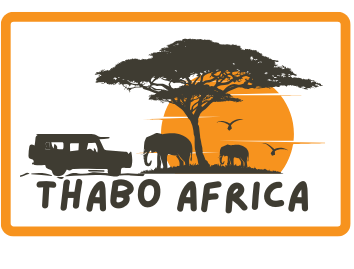Samburu National Reserve
Welcome to the mesmerizing Kenya’s Samburu National Reserve, a haven nestled 200 miles north of Nairobi within the arid lowlands of Northern Kenya. Situated just a stone’s throw away from the equator and adjacent to Buffalo Springs and Shaba National Reserve—truly a breathtaking sanctuary—it was established in the late 1960s. As you journey through the rest of the country, the landscape gradually transforms from flat expanses to arid scrublands, rocky outcrops, and picturesque kopjes, all converging along the meandering Ewaso Ngiro River.
Despite its seemingly dry climate, this remarkable terrain is home to a vibrant variety of wildlife uniquely adapted to the rugged, arid conditions. Samburu National Reserve promises an exceptional safari experience, showcasing many distinctive wildlife. Notably, it holds a special place in history as one of the areas where Joy Adamson raised and cared for Elsa the lioness, a tale immortalized in the best-selling book and movie, ‘Born Free.’
Samburu National Reserve stands among Kenya’s most renowned parks and has gained popularity. Its strategic location significantly ensures superb game viewing as surface waters diminish during the dry season. The reserve takes its name from the Samburu people, nomadic pastoralists famed for their intricate and elegant traditional attire. Honoring their age-old customs, the Samburu reside in ‘manyattas’ or villages, which can be shifted to provide fresh grazing grounds for their cattle, donkeys, and goats.
The introduction of camels during the arrival of Arabian traders proved beneficial, as these desert creatures thrived in the semi-arid landscape. This unique setting offers the opportunity for camel treks, providing a distinctive safari experience guided by adept Samburu guides. Samburu National Reserve remains a perpetual source of wonder, with remarkable inhabitants like Kamunyak, the lioness affectionately known as ‘the blessed one.’ Kamunyak’s extraordinary act of adopting six orphaned Oryx calves and bravely defending them against predators was immortalized in the film, ‘The Heart of a Lioness.’
The reserve boasts an expansive landscape of scrubby, open bushland and savanna, fringed by riverine forests adorned with acacias and towering doum palms hugging the edges of the Ewaso Ngiro River. The river, the park’s lifeblood, enhances its picturesque appeal, contrasting beautifully with the dry, reddish soil and magnetizes a diverse array of wildlife throughout the year. Various animals frequently visit the riverbanks to drink and cool off, offering pleasant surprises, including sightings of crocodiles and hippos.
Samburu National Reserve is blessed with a considerable elephant population. Its role as a critical migratory corridor allows herds to traverse between Laikipia, Samburu, and Mount Kenya in search of sustenance, mates, and essential minerals. Notable efforts by the Mount Kenya Trust have significantly reduced human-elephant conflicts within this migratory corridor.
The reserve’s rich and varied wildlife includes the Samburu ‘Special Five’—the Grevy’s zebra, Somali Ostrich, Reticulated Giraffe, Gerenuk, and the Beisa Oryx—species predominantly found in Samburu and Northern Kenya, setting it apart from other well-known reserves in Kenya such as the Maasai Mara National Reserve or Amboseli National Park. The easily sighted big game species include herds of elephants, waterbucks, Grant gazelles, impalas, olive baboons, hyenas, elands dik-diks, hippos, olive baboons, and warthogs. Also, wild dogs can be found in the reserve, but sporadically, as they move about extensively.
Bird enthusiasts will revel in this diverse ecosystem, with over 450 species recorded, contributing to the natural allure of Samburu National Reserve.”
